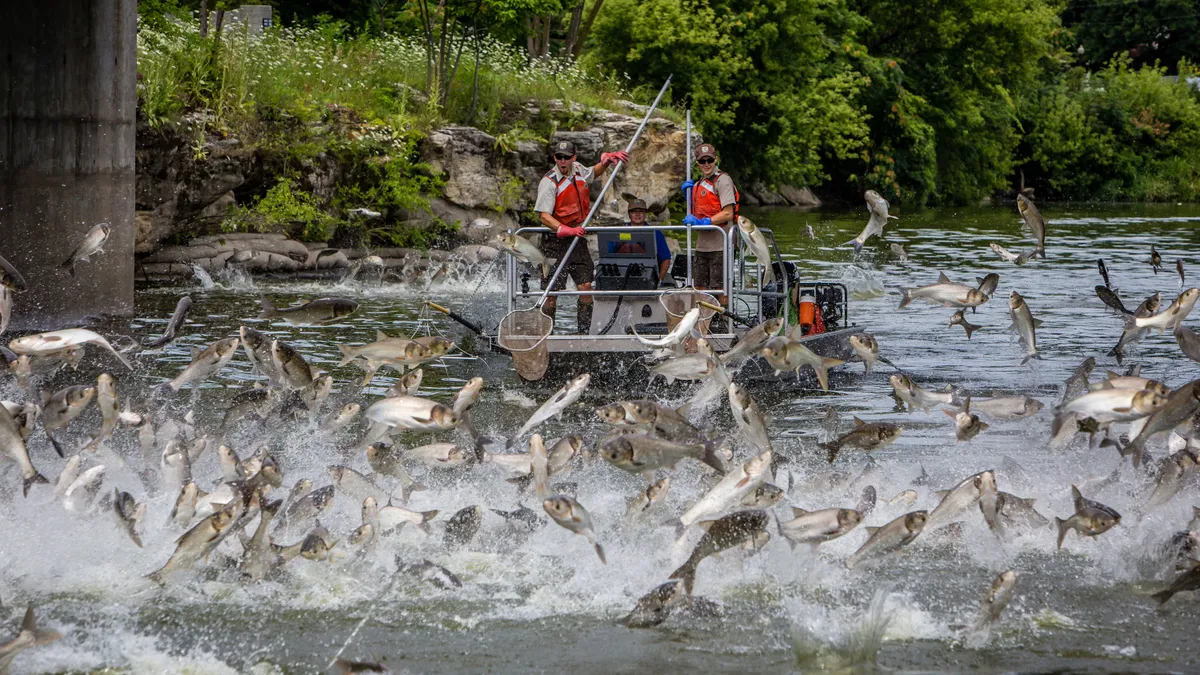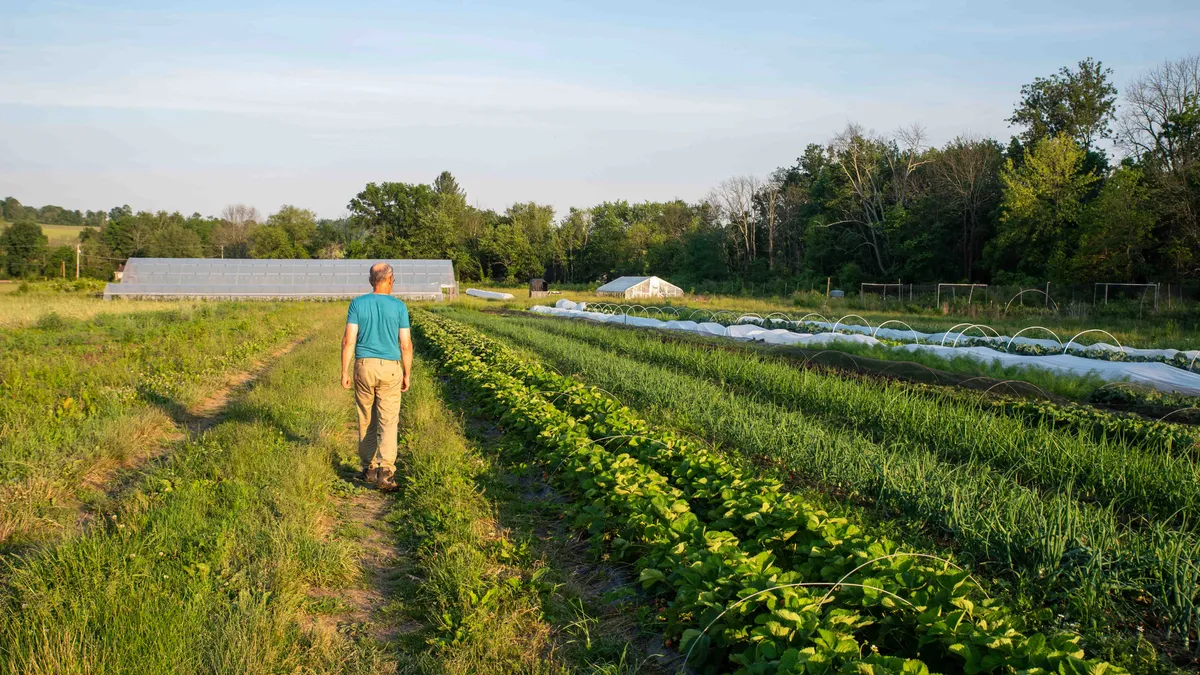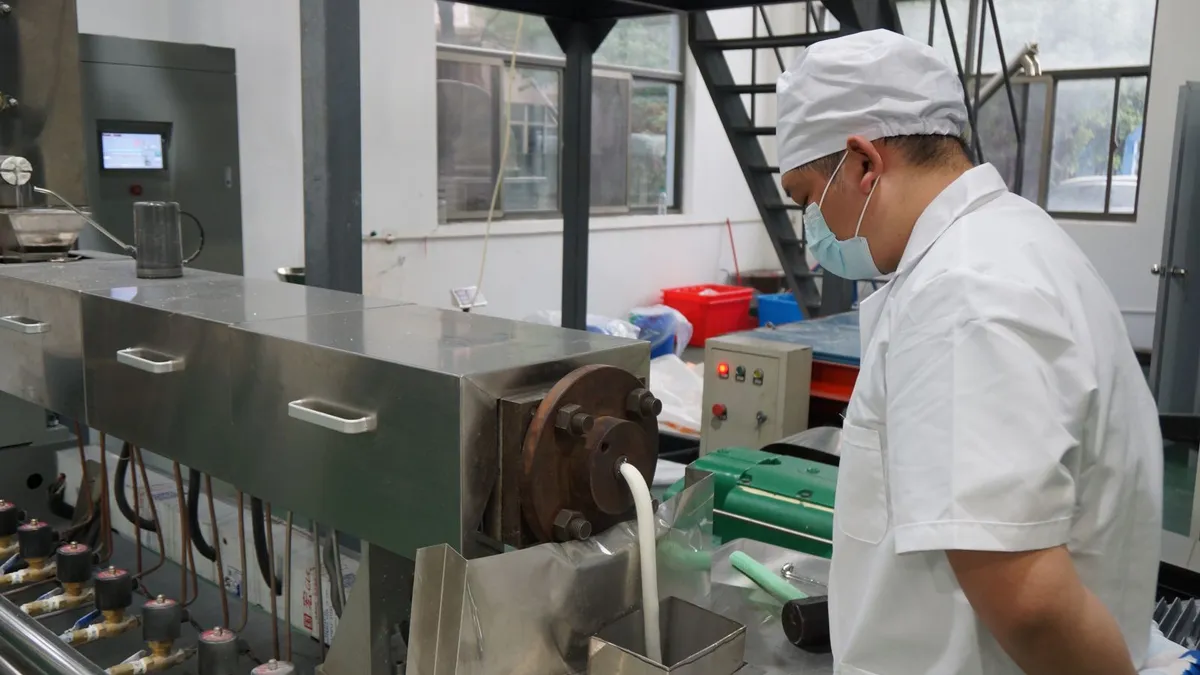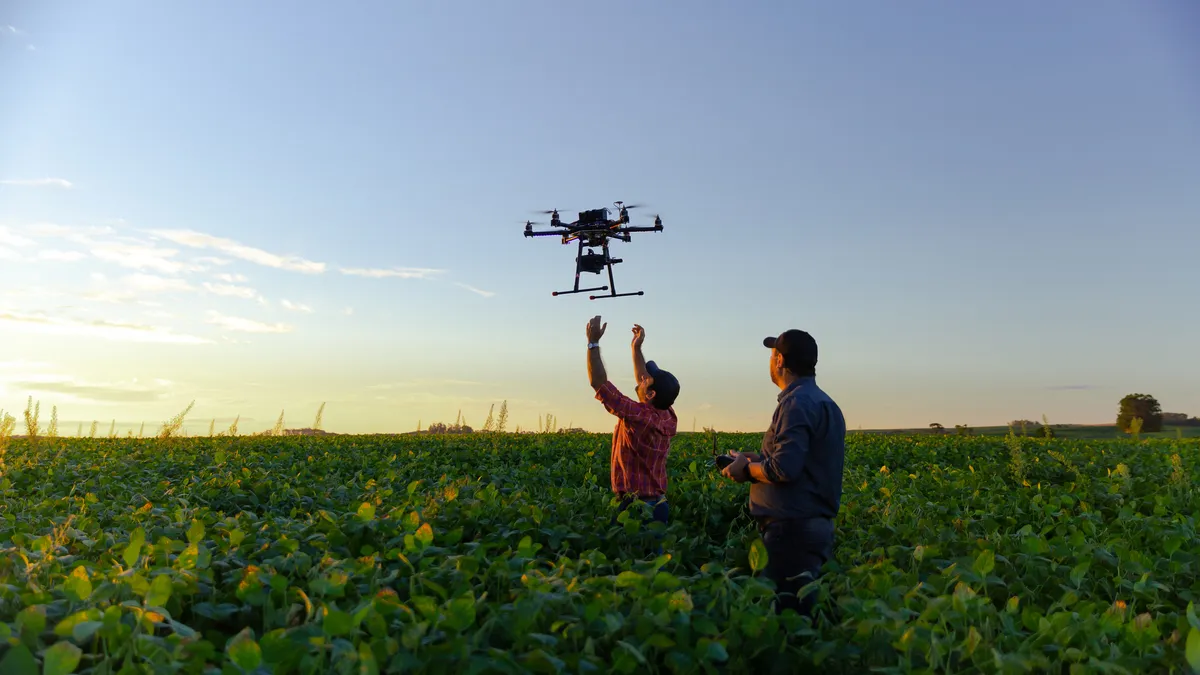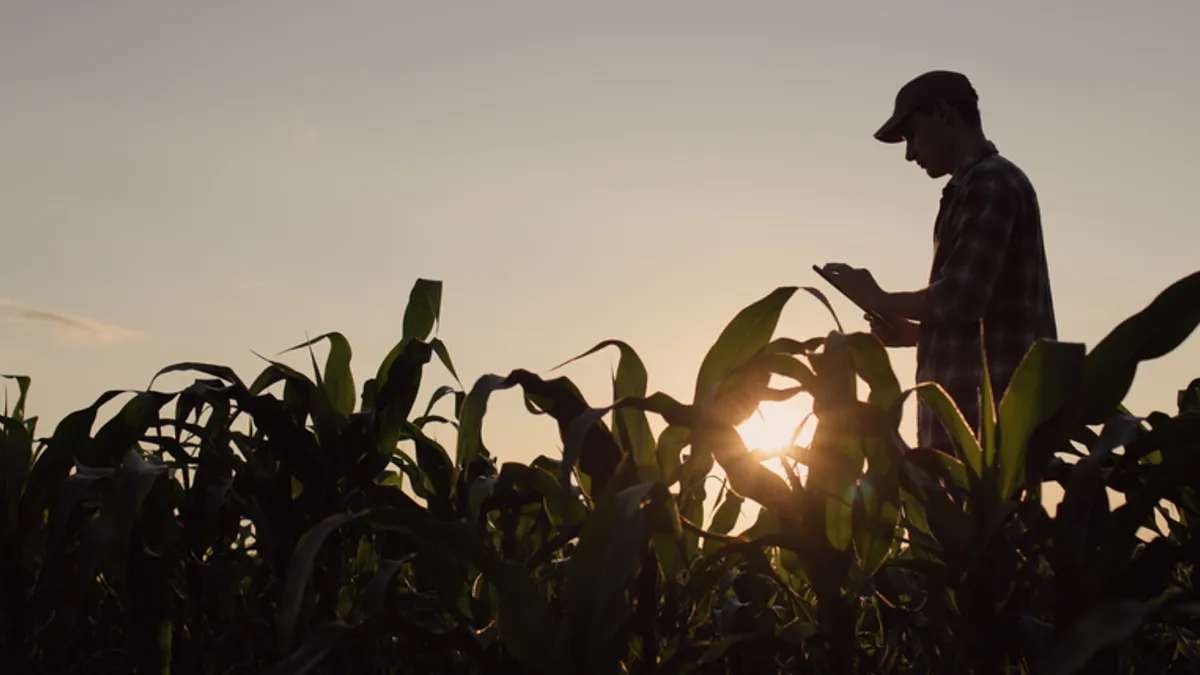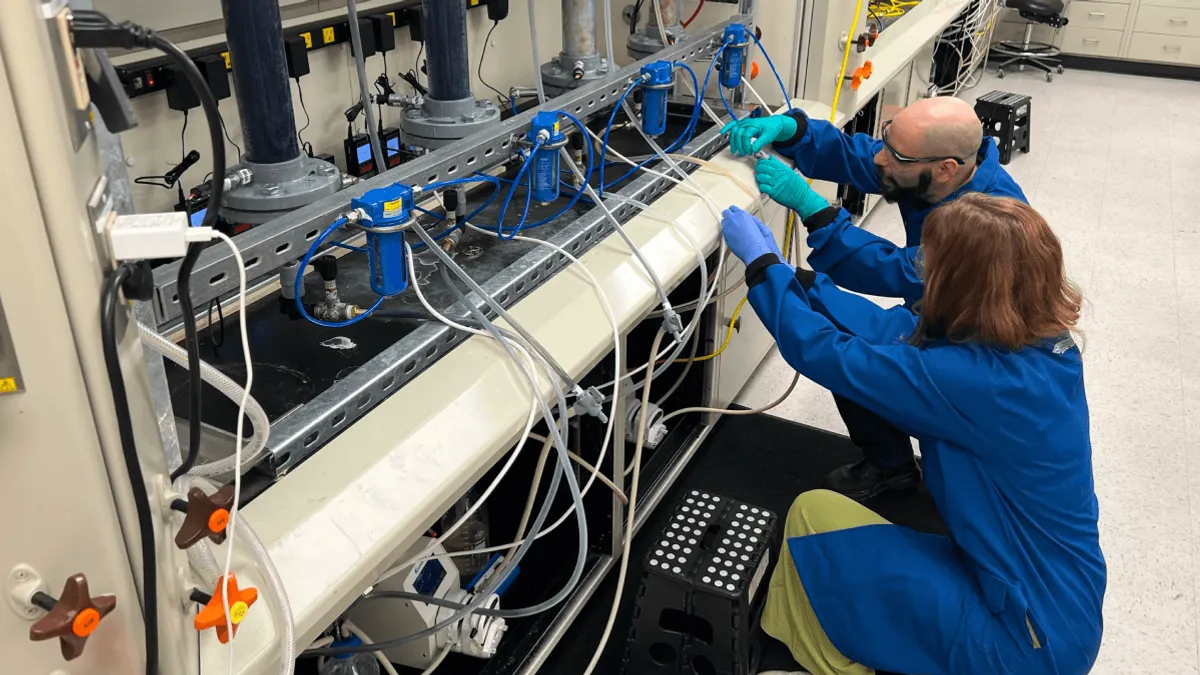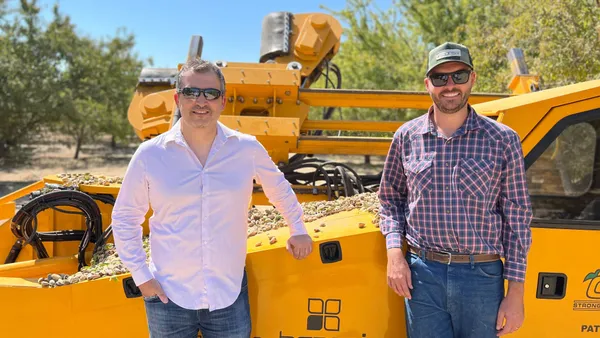Reports show invasive species have cost North America $1.26 trillion in the last 60 years, crowding out native species and damaging agriculture production. Could the solution be to harvest these pesky plants and animals?
The U.S. Department of Agriculture’s National Invasive Species Information Center estimates invasive species cost Americans at least $26 billion a year due to their impact on local environments and economies. Species like the green crab along the North Atlantic Coast and copi — formerly known as Asian carp — in the Mississippi River can push out local species entirely, wreaking havoc on commercial fishery operations.
While there are many costly solutions to the problem, another effort is being made to live with the animals by putting them on people’s dinner plates. The idea, known as invasivorism, refers to eating invasive species to help control their havoc-wreaking populations.
Chefs worldwide have started looking to invasive species as sustainable, and even beneficial, ingredients. Still, the movement has struggled to gain traction in part due to consumer concerns over taste and environmental impact.
Nonetheless, experts and environmentalists hope that there could be new markets for these invasive species in areas like pet food, which would provide both a sustainability benefit and potentially a new revenue stream for farms and fisheries.
"We have a species that we can eat as much as we can and as much as we want, and the impact will only be positive,” said Mary Parks, founder of GreenCrab.org, a nonprofit dedicated to building culinary markets for green crabs.
Getting consumers on board
Green crabs have been a part of Spanish and Italian cuisine for centuries. Yet, outside the Mediterranean, the green crab has a different reputation. The small crustacean, known as "the cockroach of the sea," is among the most destructive invasive species and has spread to nearly every continent.“The invasive crustacean eats native shellfish, outcompetes local crabs, and destroys vital seagrass habitats when foraging for food.
While conservationists began trying to remove and dispose of them, others have a different idea: what they call “eating the problem.”
“[Green crab] is a perfect substitute for she-crab stew, which is a popular southern Chesapeake recipe. They are absolutely delicious,” said Mary Parks, founder of GreenCrab.org, a nonprofit dedicated to building culinary markets for green crabs. “They taste super similar to blue crab soft shells, but just a little smaller and a little bit more delicate.”
With co-author Thanh Thái, Parks wrote a cookbook shining a light on the gourmet potential of rich green crab caviar, simple seafood broth, and many globally inspired recipes. Parks said she hopes green crab will be widely available in supermarkets, and desirable just like any other seafood, in future years.
However, there's still some reluctance among consumers and retailers to treat invasive species as edible delicacies, given the perception of these species as pests, bottom-feeders, or generally undesirable.
Some creativity may be required to get consumers on board. In 2022, Illinois changed the name of the invasive Asian carp to the “copi,” hoping it would be more popular with consumers.
The new name is a play on the word "copious,” which is exactly what these fish are. The Illinois government estimates 20 million to 50 million pounds of copi could be harvested from the Illinois River each year, with many millions more remaining.
But getting consumers to chow down on copi will take more than just a rebranding. For example, given its size and bone structure, it’s difficult to get a typical filet from copi. Those wishing to eat these fish would have to look to untraditional recipes, like fish cakes or dumplings.
Still, any effort to shift consumer perception could go a long way in invigorating culinary markets for invasive species.
“What is a species that we value in terms of having culinary significance?” Parks said. “[I’m] thinking about how lobster used to be a food that was largely considered a trash fish about 100 years ago, or monkfish in the 90s, which is now a super popular fish a lot of people like to eat.”
Creating a commercial market for invasive species
The hurdles in convincing consumers to make invasive species part of their diets have some looking into whether there are other markets for these destructive plants and animals.
Julia Kurnik, who works on innovative solutions for World Wildlife Fund's Markets Institute, has been researching possibilities for connecting with fishers and pet food companies to create sustainable dog food from copi. While people do eat copi, a fish high in omega-3 fatty acids and low in mercury, they are "really bony," Kurnik said.
“There aren't any really large-scale markets for them,” Kurnik said. "The food system is the single largest impact that people have on the planet…And so we began to wonder: ‘Can we help be that catalyst…to help build a robust pet food demand for [copi]?’"
Companies like Arch Pet Food and Chippin are already using copi to sustainably feed furry friends in the U.S. But, opponents of the concept say it may be dangerous to create large new markets for invasive species, and Kurnik said this requires careful case-by-case consideration.
“The last thing we want to do is create some alternative scenario where people are now taking carp and raising them elsewhere… and then therefore spreading an invasive species,” Kurnik said. “We definitely don't want to do that. We are well aware of how market forces could create that unintended consequence.”
To sustainably build a market for the green crab, a consortium of nonprofits, universities and food and fishery experts are teaming to develop commercial markets as a mitigation strategy for ecosystem damage. Part of the partnership includes novel ways to use green crab inversions of already-popular products, like seafood sauce and surimi.
And, unlike other popular seafood products, Parks said, there’s really no risk of overfishing green crabs. Trapping and removal efforts have not been nearly effective enough in controlling the invasive species, and the population is expected to grow further as a result of warming temperatures. Convincing consumers to buy into this culinary solution could save species that are being overfished or are leaving ranges because of climate change, Parks told Agriculture Dive.
“Green crabs will be here in the future, no matter how much fishing pressure we put on them,” Parks said. “But we can mitigate their invasive impacts, and…we have a species that we can eat as much as we can and as much as we want, and the impact will only be positive.


